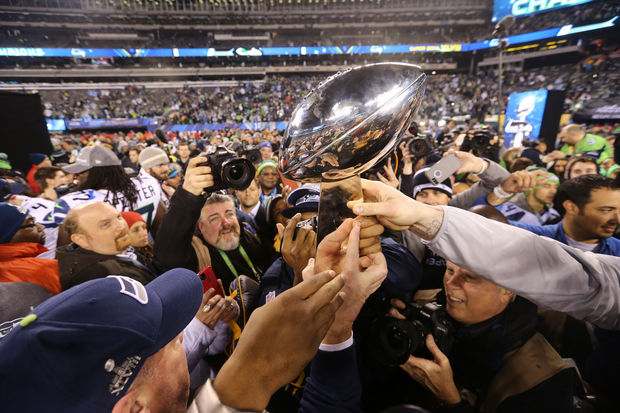At this time of year, most Draft addicts are typically going through Mel Kiper withdrawal syndrome. Fortunately, draftniks do not need to wait too long before their next fix, and can enjoy the MLB Draft that begins on Thursday night. While it lacks the pizzazz and immediate impact of its football and basketball counterparts, picking well in baseball’s draft is critical to the sustained health of a franchise. Just like in the other sports, the success of highly touted early-round prospects tends to have long-lasting repercussions. Teams recognize the value of their early selections, and have been hesitant to make free-agent splashes at the expense of draft picks. Yet, since baseball’s selection process is a 40-round marathon, it is also essential to find late-round hidden gems. During Doug Melvin’s tenure as general manager, the Brewers have struggled both in the first round and later on in the draft.
Milwaukee tends to have trouble with its first-round selections. Melvin has had a plethora of picks to judge, with 17 first-round choices in his 11 years. Yet despite having so many selections, his picks have rarely panned out. Only four of Melvin’s 17 first-rounders have ever even put on a Brewers uniform. In fact, since 2006, every single one of Melvin’s first-round picks has failed to reach Miller Park. That marks an eight-year stretch – spanning 13 picks – where Brewers first-rounders have contributed absolutely nothing to the major league roster. To be fair, Melvin has made some solid picks during this ignominious run. His 2008 first-round selections Brett Lawrie and Jake Odorizzi are productive big leaguers, but for other clubs. While Matt LaPorta was unquestionably a bust, he was a key part of the trade that brought CC Sabathia to Milwaukee. Nevertheless, it is concerning that the Brewers have been unable to draft and develop their first-round selections.
The Brewers have not been much more successful in the later rounds. Of the current roster, only 35% of Brewers players (11 of 31) have been homegrown draftees. That mark is good for middle of the pack in the NL Central (trailing St. Louis and Cincinnati, but ahead of Pittsburgh and Chicago). Further, most of those homegrown talents were still toward the top of the draft. For example, Yovani Gallardo and Jimmy Nelson came in the second round. Jonathan Lucroy and Tyler Thornburg went in round three. None of these selections exactly qualifies as a foresightful sleeper pick. The closest thing to a late-draft steal on the current roster is Scooter Gennett, a 16th-rounder back in 2009. Unlike the Cardinals – who have managed to unearth Trevor Rosenthal in the 21st round and All-Star Matt Carpenter in the 13th – the Brewers struggle to find quality big-league talent late in the draft.
None of this griping is intended as a criticism of Doug Melvin’s overall performance. First of all, Melvin has more than made up for his draft struggles with good trades and free-agent signings. What’s more, outsiders do not know the precise chain of command in the Brewers’ draft war room. Perhaps Amateur Scouting Director Bruce Seid calls the shots on draft day. Therefore, no one can fault Melvin for a problem that might not even be his fault. Yet no matter who is to blame, the Brewers need to improve their draft results somehow. Constantly whiffing in the first round is unsustainable, particularly if the team does not find late-round sleepers. All fans can do is hope that the Brewers begin to turn their draft performance around this year.
Add The Sports Daily to your Google News Feed!
